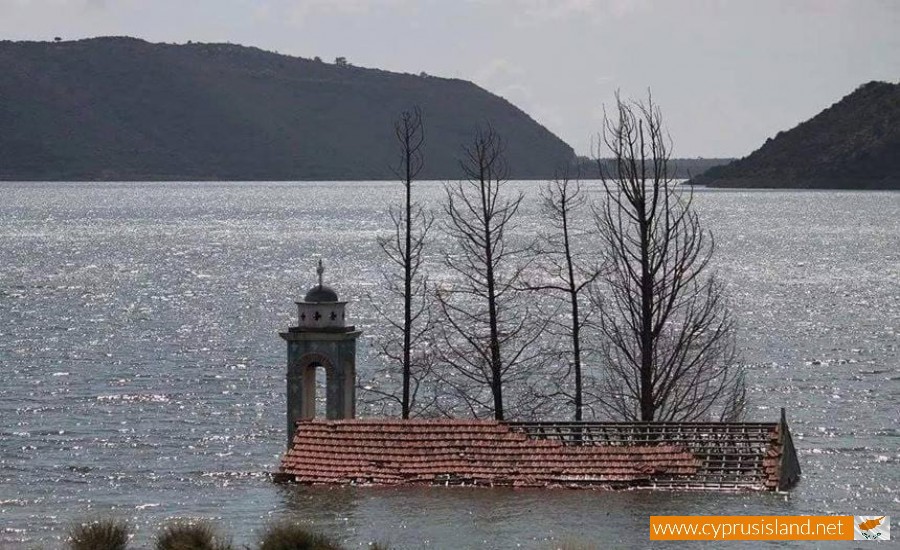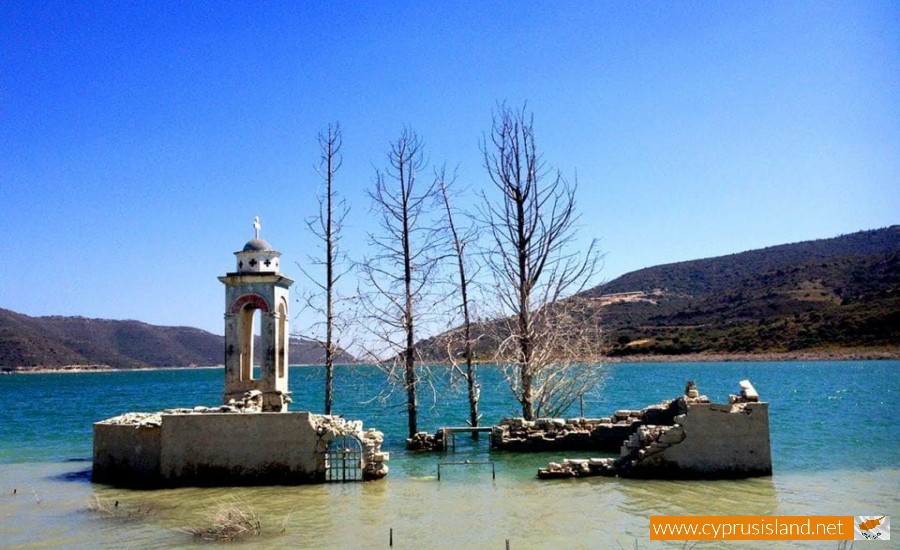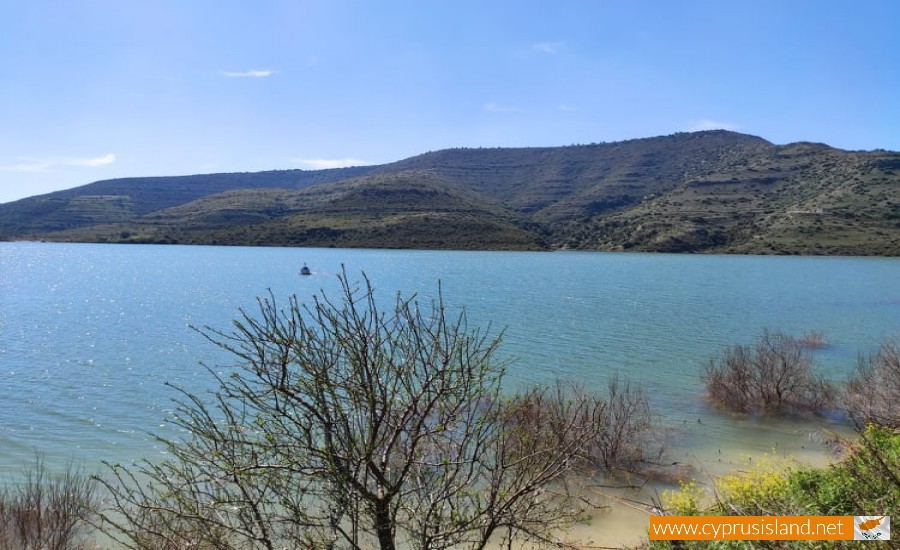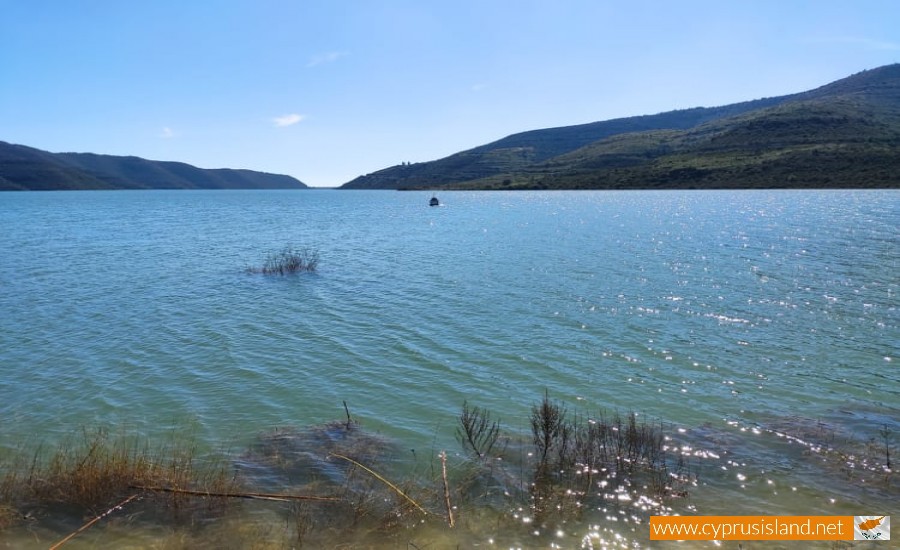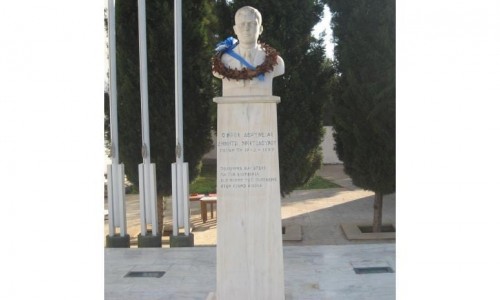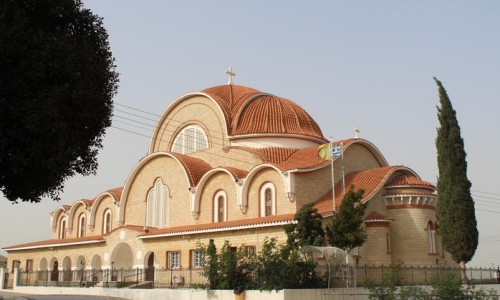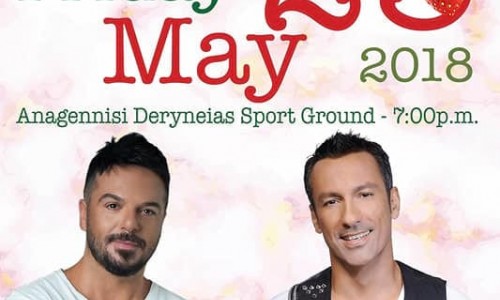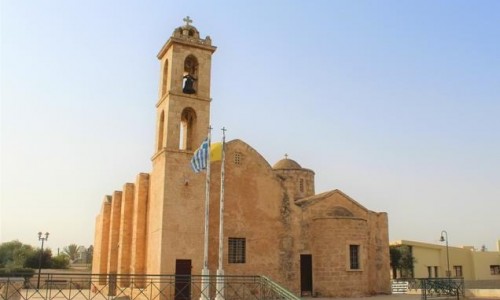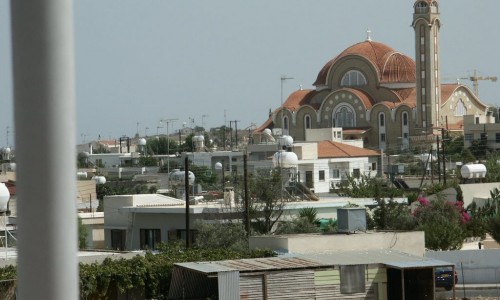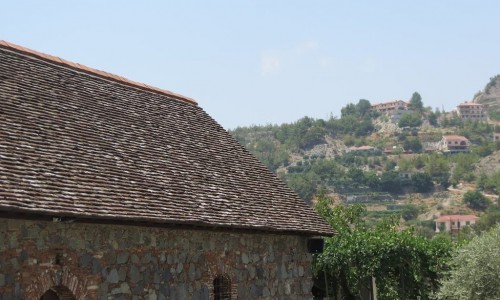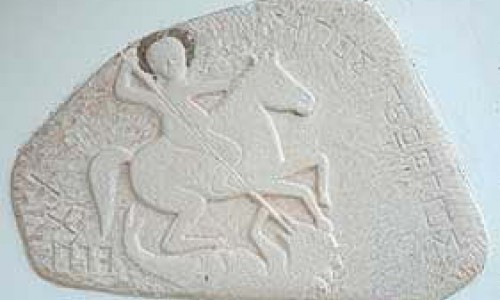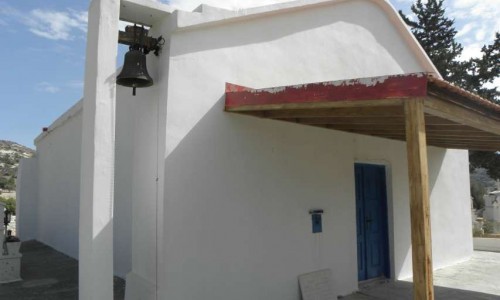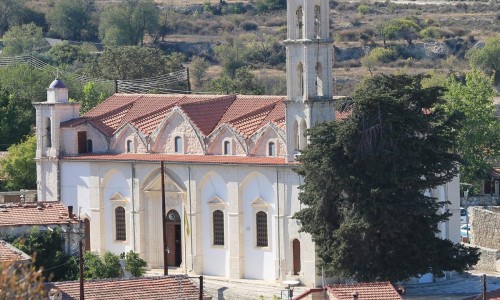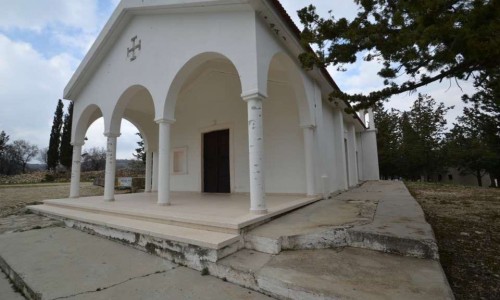Agios Nikolaos Church - Alassa
Twelve kilometers northwest of Limassol, along the road that leads to the Troodos Mountains, the tranquil village of Alassa seems like any other quiet Cypriot settlement—neatly kept homes, olive trees, and rolling hills. But hidden just beyond its modern boundaries lies something truly extraordinary: the half-submerged ruins of Agios Nikolaos Church, an eerie, evocative structure that rises and falls with the seasons.
This church is not just a curiosity; it is the last visible remnant of the old Alassa, a village that once stood in the valley below but now lies sunken beneath the vast waters of the Kouris Dam, Cyprus’s largest reservoir.
The original village of Alassa had existed for generations, perched on fertile land close to the Kouris River. In the early 20th century, the community built a small stone church dedicated to Saint Nicholas (Agios Nikolaos), the patron saint of sailors and travelers. It became a spiritual and communal anchor for the residents.
That peaceful rhythm was disrupted in the 1980s, when the Cypriot government made the strategic decision to build a dam at Kouris to secure water for the growing needs of Limassol and surrounding regions. The project was ambitious—and irreversible. The valley where the old Alassa stood was selected as the site of the reservoir. Residents were relocated to higher ground nearby, and the village was eventually abandoned. Fields, homes, and even the church were left behind.
As the dam was completed and water began to fill the valley, the new Alassa was built uphill, overlooking the reservoir. It received modern infrastructure, a new church, and a fresh start. But the old Agios Nikolaos Church remained—partially submerged and curiously resilient.
Today, what remains of the church depends on the season. In the wet winter months, the reservoir swells, and the lake swallows the structure almost completely. Often, only the tip of the stone bell tower pierces the surface, looking like a lonely monument in the middle of nowhere.
As summer approaches and the water level drops, more of the church begins to emerge. The entire structure—walls, tower, doorway—can sometimes be seen by late summer, standing in eerie isolation on cracked, parched lakebed soil. Visitors who venture close describe it as a surreal, almost cinematic experience. It’s not uncommon to find photographers, hikers, and even drone pilots carefully navigating the dried terrain to capture the haunting beauty of this sunken chapel.
At sunset, when the light turns golden and the surrounding hills glow in amber tones, the atmosphere becomes almost sacred. The stillness, the ruined stonework, and the knowledge that beneath your feet lies a forgotten village—it all combines into a deeply moving moment.
The submerged church is only part of Alassa’s story. The surrounding hills are home to archaeological discoveries dating back to the Late Bronze Age and the Roman era. Excavations near the modern village have uncovered an ancient palace and residential complexes, along with intricate mosaic floors, some of which depict mythological scenes—like Aphrodite bathing, a nod to Cyprus’s divine heritage.
These finds suggest that the area was not only continuously inhabited for centuries but also held strategic and cultural significance. Today, many of these artifacts are housed in the Limassol District Archaeological Museum, offering a fascinating glimpse into the region’s long and layered past.
While the new Agios Nikolaos Church in modern Alassa continues the village’s religious life, the submerged church has taken on a different kind of role. It has become a symbol of memory and endurance, a poignant reminder of what was lost—and what was preserved.
Saint Nicholas, traditionally the protector of seafarers, seems an appropriate patron for a church that now lives between land and water. Every year, as the seasons turn and the church reappears, locals and visitors alike are drawn to it—not just for its appearance, but for what it represents: the relationship between nature and community, between progress and preservation.
The best time to visit the old Agios Nikolaos Church is during late summer or early autumn, when the water is at its lowest. From the road between Limassol and Platres, you can follow signs to the Kouris Dam. A short drive and walk from the dam’s edge will bring you to the best viewpoints. If the lakebed is dry enough, you may be able to walk right up to the church, but always exercise caution—the ground can be unstable.
Bring water, wear comfortable shoes, and pack a camera. Drones are popular here too, capturing stunning aerial views of the sunken church and its surroundings. If you time your visit for early morning or golden hour in the evening, the lighting is unforgettable.
Agios Nikolaos Church in Alassa is more than a place to take photos. It’s a space that holds emotion, history, and spiritual weight. It tells a story of how people adapt, how landscapes shift, and how memory lingers even after homes have been abandoned and waters have risen.
Whether you visit for quiet reflection, curiosity, or creative inspiration, this ghostly church in the lake has something timeless to offer.


